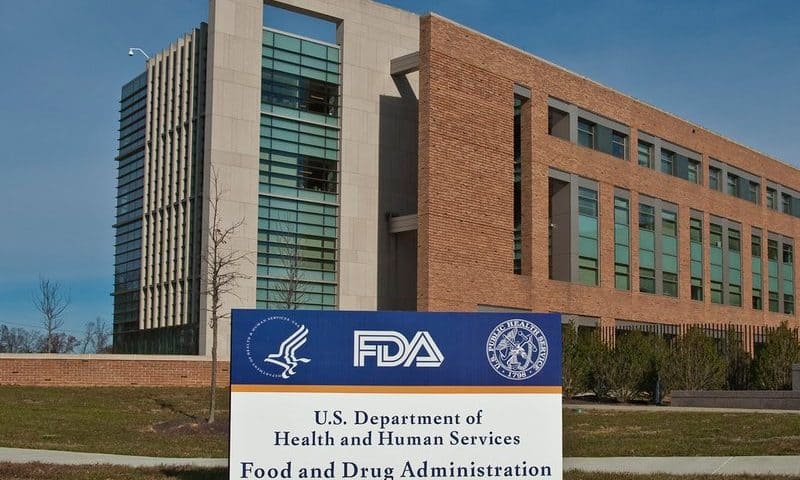Nearly two years after BrainsGate submitted its implantable neurostimulation device for FDA premarket approval, an advisory panel for the agency struck a major blow to the Israeli company’s plans.
The Ischemic Stroke System’s electrodes are implanted inside the mouth, where they deliver electrical stimulation several times a day to the sphenopalatine ganglion, a group of nerve cells located behind the nose and linked to pain and other sensory experiences. The device aims to boost blood flow to the brain after acute ischemic stroke.
In a meeting that stretched across several hours Dec. 10, the FDA’s panel of experts in neurological devices discussed a handful of concerns with the performance of the Ischemic Stroke System, or ISS, in a BrainsGate-sponsored clinical study—and with the parameters of the study itself. Ultimately, though the panel unanimously agreed on the safety of the system, the majority were unable to affirm that it’s an effective treatment for stroke and that its benefits outweigh the risks.
While advisory committee votes act only as a nonbinding recommendation in the FDA’s decision whether to grant clearance to a device or drug, the agency sides with the panel in the vast majority of cases, slimming down BrainsGate’s chances of securing approval for the ISS.
Ahead of the meeting, the FDA compiled a list of concerns (PDF) with the clinical trial results. The trial aimed to prove that when the system was implanted within 24 hours of stroke onset, with stimulation applied in four-hour sessions for five days, post-stroke disability would be reduced by the three-month mark.
Many of the agency’s concerns stemmed from the study itself. For one, 12% of patients enrolled in the study had to be excluded from the treatment group because the stimulator couldn’t be implanted or didn’t correctly administer stimulation. Meanwhile, none of the participants in the sham group had to be excluded, an imbalance the FDA said “raises serious doubts about the results of the study.”
Other issues raised by the FDA questioned the study’s overall measure of effectiveness. Success in the trial was measured by comparing patients’ disability ratings to a predictive model derived from previous trial data, which the agency said contained an “unexpected degree of inaccuracy.” Additionally, the trial’s protocol, statistical analysis plan, primary outcome and even the device used were changed after the study had already begun, all of which can increase uncertainty in a study’s results.
In another of its listed discussion points, the FDA said it was “concerned about the risk associated with direct and indirect consequences of implantation of the device,” which it feared may have been underrepresented in the study results.
Potential side effects include airway endangerment, laryngospasm, microaspiration and chronic neuropathic pain caused by the process of puncturing the roof of the mouth to implant the device as well as risks of hemorrhagic transformation, brain swelling, hematoma formation, a spike in blood pressure, infection at the implantation site and more—none of which were reported in the clinical trials.
After their discussion of these issues wrapped up, all 13 panelists agreed that the ISS is safe for use in patients who match up with the device’s proposed indication.
The advisers were more split on the two other questions, however. Only three said there was reasonable assurance that the device was actually effective in the specified patient group; seven others voted against that reasonable assurance, and three abstained.
In the final question, seven panelists voted that the risks associated with the ISS outweigh the system’s benefits. Three of their peers voted in the opposite direction while, once again, three abstained.

